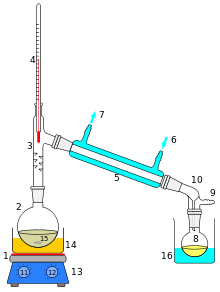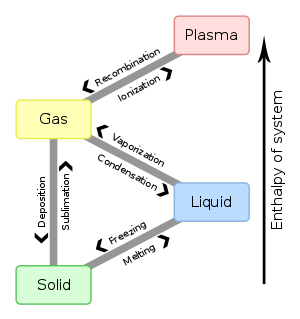Why we pass cold fluid to shell side and hot fluid to tube side?
If we pass hot fluid through shell then we will have a chance of heating loss to the surrounding.
However, practically this statement is not true.
The choice of shell and tube-side fluids for an heat exchanger are often governed by more demanding requirements which have implications on the safety, cost, maintenance time and feasibility of the heat exchanger and cannot be generalized as cold fluid on shell side and hot on tube-side. However, practically this statement is not true.
Some examples on how this choice is made might be -
1-Frequent mechanical Cleaning - Tubeside to more fouling fluid, if mechanical cleaning is required. Note that chemical cleaning can always be done even on shell side. Mechanical cleaning on shells side however would require access to tube outer surface which in turn would require design features such bundle pullout possible / tube-tube gap/tube layout. It is more difficult than tubeside cleaning as it will require dismantling the whole exchanger. eg most Cooling water exchangers in process industry, which are frequently cleaned using hydrojetting.
2-Pressure - Tubeside to high pressure fluids (Shell side high pressure increases the thickness of shell and can have great implications on cost of the exchanger). Remember, shell cost forms the major cost of the exchanger in most cases.
3-Viscosity - Shell side to viscous fluids as turbulence, which can be more easily induced on shell side might be difficult (note viscous and fouling fluids are not essentially the same thing and are often confused as high viscosity implying high fouling). And then there are tube inserts which can give you that effect on tube-side as well.
4-Corrosive - Tubeside to corrosive fluid - Less components for it to see and eat up
5-Metallurgy - Expensive metallurgy on tubeside- Process requirements such as compatibility of your fluid or high or low temperatures might require you to use a particular metallurgy. It is always cheaper to use the more expensive metallurgy on the tubeside as it will require less of that metal.
This is not an exhaustive list and you can find more things in any chemical engineering text on heat exchangers for more info.
It gets tougher than this in real life where you might have competing requirements and this is often a choice between lesser of the two evils. To give you an example would be an HF - Cooling water exchanger, where you will have to choose between a corrosive or fouling fluid to be kept on the shell side.
To make things even more complicated, there might be cases such as some plants dismantle the exchangers and transport them to a different place dedicated for cleaning of exchangers for safety concerns. You therefore need much more information for this simple decision if you are designing an actual exchanger.
Source - Ankit Malhotra, Experience in Heat exchanger design for Refining and Petrochem.
By another reference, it's not a good practice to always put cold fluid in the shell.
1- The most general practice is that you calculate the flow areas for both, shell and tube, and put the fluid with higher flow rate in the larger flow area. Otherwise, the pressure drop will shoot up, resulting in a poor design.
2- If any fluid is corrosive, you try and put it in the tube (This way, you only have to clean the inner surface of the tube. On the other hand, if it were in the shell, you'd have to clean the outer surface of tube as well as the inner surface of shell).
3- Generally hot fluids result in scale formation, and because of cleaning reasons explained above, they are put in the tubes.
So, it totally depends on the application, and as such there is no general rule.



















